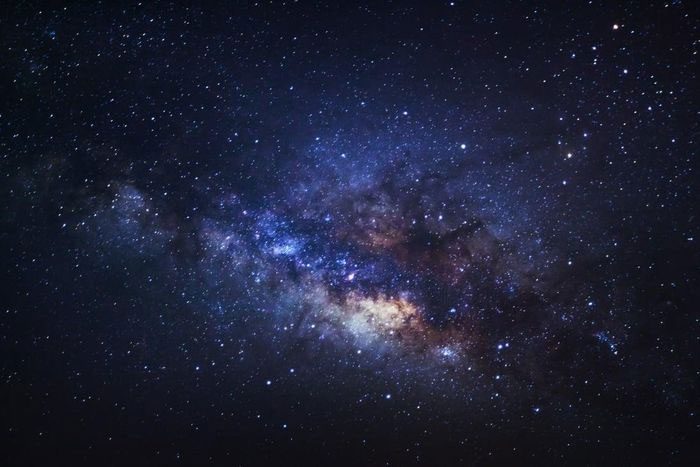A Chinese study has provided the first evidence of the life and death of the oldest stars in the universe.
This team of astronomers discovered unique chemical signatures of stars in the halo of the Milky Way after utilizing the combined power of two of the world’s largest ground-based telescopes.

The first stars could be 260 times the mass of the Sun. (Illustrative image: Shutterstock)
Using the Large Sky Area Multi-Object Fiber Spectroscopic Telescope (LAMOST) in China and the Subaru Telescope in Hawaii, images revealed that the first stars could be up to 260 times the mass of the Sun.
Their study, published in the journal Nature on Wednesday, also provides the first observational evidence that these stars ended their lives in an unusual explosion, vastly different from the supernova explosions known today.
Theoretical physicist Avi Loeb from Harvard University, who was not involved in the research, hailed this discovery as “extremely important in confirming our theories about the first generation of stars.”
Loeb noted that the first-generation stars are among the biggest unresolved mysteries of the universe. Scientists predict that they formed from primordial gas after the Big Bang and were composed solely of hydrogen and helium.
Astronomical theories also suggest that these ancient celestial bodies could have masses equivalent to hundreds of Suns and underwent a unique localized explosion upon their death.
The first-generation stars existed for a short time and are very difficult to detect, leaving only chemical signatures in the subsequent generation of stars.
Mr. Zhao Gang from the National Astronomical Observatory of China and his colleagues sifted through the spectra of over five million stars collected by LAMOST.
The information included chemical composition, temperature, brightness, and other key characteristics that the scientists compared until they found a candidate star, named LAMOST J1010+2358.
This star is located about 3,300 light-years from Earth in the galactic halo and contains extremely low metal content. The research team compared the spectrum of this star with theoretical models and concluded that it likely formed in a remnant nebula of a first-generation star with a mass equivalent to 260 Suns.
Loeb explained that, unlike star explosions in the later universe, which collapse into neutron stars or black holes, the explosion of the progenitor star LAMOST J1010+2358 involved the creation of electrons and positrons of antimatter.


















































